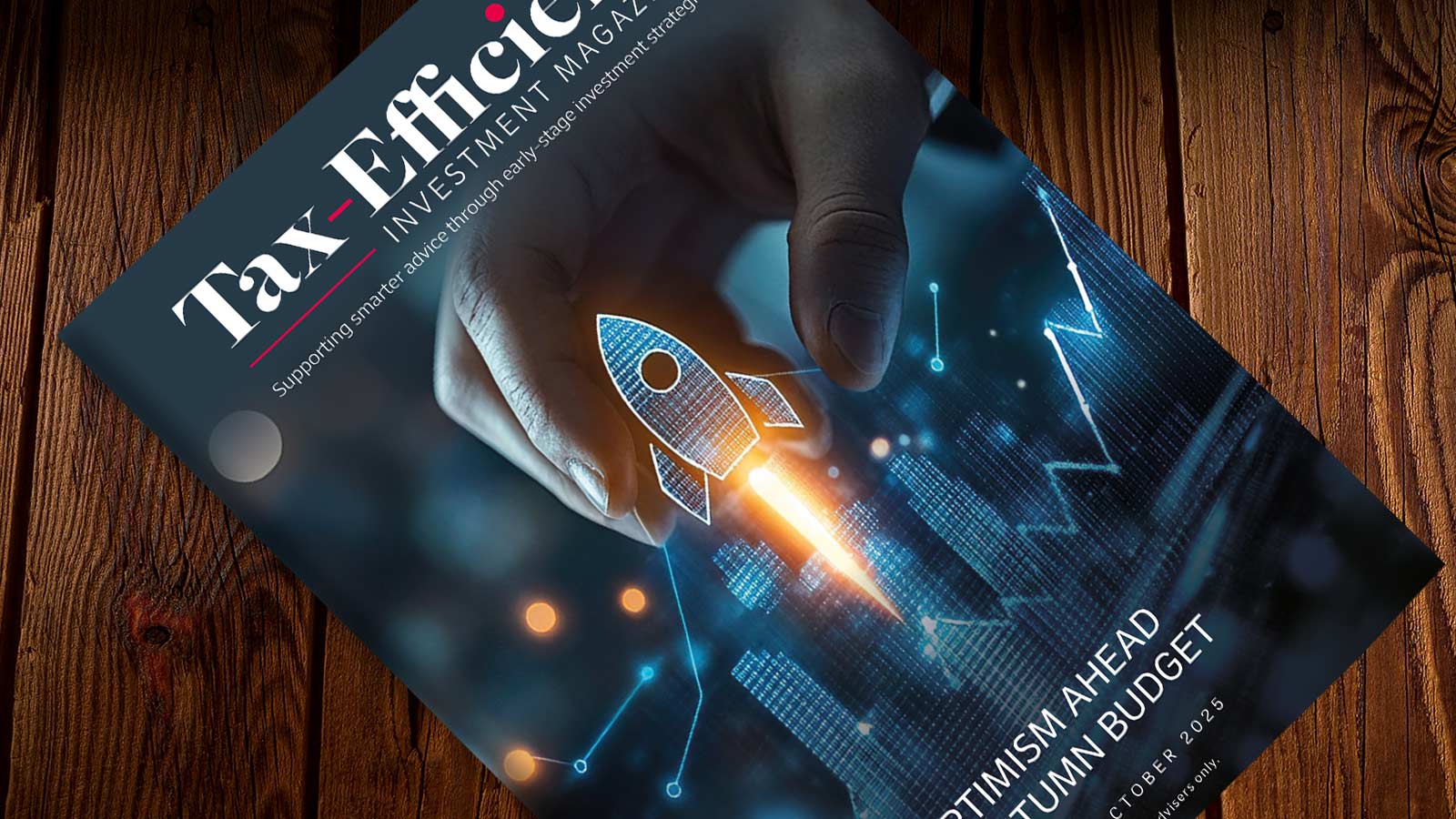In this interesting and informative Q&A, Malcolm Ferguson tells GBI Magazine what he’s so positive about in the current venture capital space. Malcolm highlights the main opportunities and challenges in the market – and also reveals what Octopus looks for in a new, potential smaller company investment.
GBI Magazine: Where do you see the most significant opportunities for founders during these turbulent times?
MF: This is a question we’ve been asking throughout 2022. Venture Capitalists are unique in that they love the opportunities that recessions present – and this may actually be one of the best times to build a new company in over a decade. The reason that we, and many of our peers, believe this, is down to a few consequences that have emerged from this environment.
The first factor is talent availability – which has been one of the main headwinds we’ve seen over the last three to four years, with companies having to fight tooth and nail for the best people. For example, it has been almost impossible for founders to hire developers and then retaining them has also been a challenge. However, this war for talent has subsided materially. There have been over 100,000 layoffs in tech throughout 2022, either due to redundancies or hiring freezes. At the same time, many of the large private companies have not raised big funding rounds or extended their cash runway since last year, so they have less cash available to hire new talent. This means that well-funded companies in the ecosystem are now able to attract the talent they need and will have a higher chance of being successful.
The second factor is also a result of funding scarcity, and it’s that fewer investors are active – particularly in more recent times. For the last few years, when a team has had a great idea and received funding, as soon as this idea is seen by others, numerous teams will then get funded to do a very similar thing. Competition is one of the most effective ways of eroding profitability and reducing the chances of success. However, the competitive landscape is now a little less acute.
The third and final factor is that incumbents, who start-ups typically take market share from (due to new technology and greater efficiency etc.), are retrenching to protect their EBITDA. Therefore, this opens more doors for founders.
Ultimately, I think that these three circumstances combined will mean that founders will see an extremely interesting couple of years with lots of opportunities.
GBI Magazine: What do you think are some of the biggest challenges that the venture capital market is facing currently?
MF: The challenges are the other side of the coin. For example, the current increase in interest rates is causing a corresponding reduction in valuation multiples. Therefore, companies are worth less – even if they have the same revenue, growth, and profitability. This also means that the cost of capital has gone up.
Furthermore, growth investors have slowed their activity significantly. Early-stage venture is proving extremely resilient and robust however late-stage venture and growth have seen sharp falls in investment, particularly towards the end of 2022. This means that companies are having to be very careful with how they manage their resources, because there’s less availability of funding and as a result, are, having to extend cash runway and let people go (which is one of the reasons for the current availability of talent).
The main challenge that founders face currently, is that they can no longer rely on the ability to raise their next round of funding. If they are able to raise a round, it is likely to be smaller with a lower valuation – meaning the availability of capital is lower, and the cost of this capital is higher (i.e. more dilutive). This also means that founders may require new strategies. For example, rather than focusing on growth at all costs (through internationalising and launching additional products to drive revenue, etc.), founders have to be much more thoughtful about their approach. Founders should ask themselves questions such as, “do I really need to launch the next market or is it better to continue to grow my existing market?” and “do I need to expand to a new vertical, or should I just focus on the current vertical?”. The answer to these questions is very different from 2021 and instead, the challenges are, how to manage the business with a reduced availability of funding and deciding what the appropriate strategy is which balances growth with efficiency?.”
GBI Magazine: As a fund manager yourself, what key criteria do your team look for in a potential VCT investment?
MF: As I’m sure you’ve realised – we are extremely bullish in regards to the next two to three years. In the last 12 months we have made 35 investments, which is an increase on 2021, and in order to do this we have grown our investment team by about 50%. We are looking very actively for new investments – and our mission at Octopus Ventures is to invest in the people, ideas and industries that will help change the world for the better. We are looking for pioneering entrepreneurs whose missions align with ours. There are three core factors that help us decide if it’s a good fit:
1.The quality of the team
We give this factor the most weight, as it is truly paramount that founders are able to sell a vision, attract and retain talent, win customers and raise capital. They also need to be completely dedicated to the problem they are trying to solve. Founders also have to have the right team – as the quality of talent is a big predictor of whether they are successful or not.
2.Market size
More people fail when trying to do something that changes the industry compared to those who are successful. And for those who are successful, it’s vital that this success is not limited by the market size. Therefore, we ensure that a potential VCT investment has large market opportunities (which we define as being a £1bn revenue opportunity).
3.Growth
Venture Capital is reliant on a relatively small number of investments that become incredibly successful (e.g., the most successful venture funds have 50% of their investments fail and their few, best investments return the majority of the gains). The key to delivering this outcome is for those outlier companies to achieve incredible growth and sustain it.
Ultimately, when looking at investments, we get excited about those that have amazing teams (particularly with serial entrepreneurs), operate within a huge market, and are growing rapidly or have the potential to grow rapidly. If a company has that, many funds will want to invest in it. That leads me to my final point: it’s also vital that we provide a proposition which entrepreneurs want to work with, as being selected by the very best entrepreneurs is the key to a successful venture capital fund.








![[uns] house of commons, parliament](https://ifamagazine.com/wp-content/uploads/wordpress-popular-posts/788873-featured-300x200.webp)




![[UNS] tax](https://ifamagazine.com/wp-content/uploads/wordpress-popular-posts/788955-featured-300x200.webp)
